You may well be aware of the importance of a Bosun’s Locker on a ship; that vital cupboard / bucket / cabin / ditty bag full of needles, sailmaker’s palms, tallow, leather, spanners, marlinspikes, knives and bits of string too short to be of any use.
Almost equally important, though, is the Bosun’s Library; a collection of tar-smudged volumes detailing the finer points of rigging, systems and seamanship that serve as a reference point for the crew. These books are particularly well thumbed during refit periods, but often remain on board throughout the season, and are a fantastic resource for visiting sailors wanting to expand their knowledge.
Below are some of our ‘must haves’ for the onboard bookshelf, as well as for the armchair sailor in us all (when we would rather have our feet up in front of the fire and wonder at the intricacies of the Liverpool Splice without needing to get the vice out…).
The Ashley Book of Knots: Clifford W Ashley
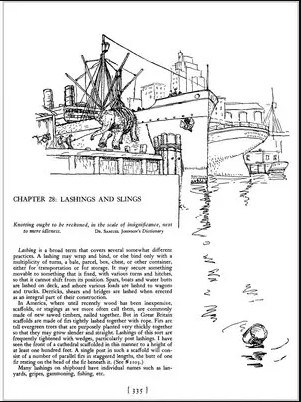
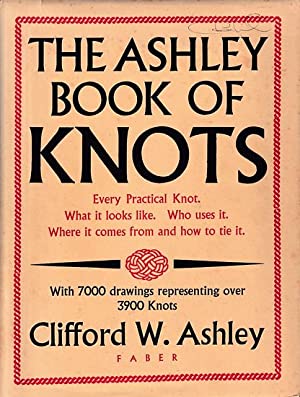

A hefty and impressive tome compiled and illustrated by Ashley over the course of 11 years and first published in 1944. This is not just a training tool for the itchy-fingered, Ashley’s also comes into its own as a historical resource and procrastination tool (you can easily be lost for hours investigating the intricacies of properly hitching a camel).
Ashley’s beautiful (and often hilarious) illustrations, combined with descriptions of how and when each knot originally appeared, and the ropework specific to professionals as various as bakers, stevedores and fishermen, as well as sailors, all combine to make this a sociological treasure trove.
May I be a slight heathen, however, and suggest that if your goal is actually learning to tie the things, rather than revelling in the mastery, then you might be better off with a bit of Des Pawson…
Handbook of Knots: Des Pawson
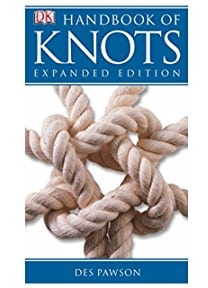

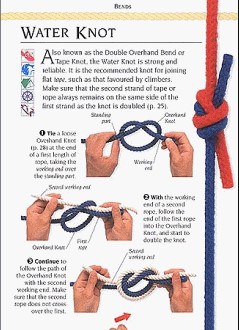
While not as romantically bonkers as Ashley’s, Des Pawson’s extensive output of ropework guides are brilliant. Really easy to follow and with pictures that don’t make you screw up your eyes in confusion, the ‘Handbook’ is an absolute must for anyone starting out on deck, or wanting to add a few useful hitches to their repertoire.
Des Pawson himself is an absolute guru of ropework. He cofounded the International Guild of Knot Tyers in 2007, and on the Guild’s 25th anniversary was made an MBE for ‘services to the rope industry’. Needless to say he knows a thing or two about cordage.
When helping new crew get their heads round rope, and all the wonderful things it can do, I’ve often sent them away with the ‘Handbook’ and a bit of string, and they’ll be back the next day with a pretty good grasp of their ‘basic 8’; the knots which every deckhand should know. If you’re interested these 8, for me, are:
- Bowline
- Round Turn & Two
- Clove Hitch
- Rolling Hitch
- Sheet Bend
- Figure 8
- Alpine Butterfly
- Reef Knot
(Fully aware that everyone has their favourites, complaints on the above list can be sent to me at Classic Sailing!)
The added bonus of Pawson, is that his book fits neatly in a rigging bucket and also won’t break your nose if you decide to read it in bed. When you’ve mastered all the practical knots, bends and hitches in the ‘Handbook’, you can move on to Pawson’s volumes on decorative ropework, which are also fantastic.
The Complete Rigger’s Apprentice: Brion Toss

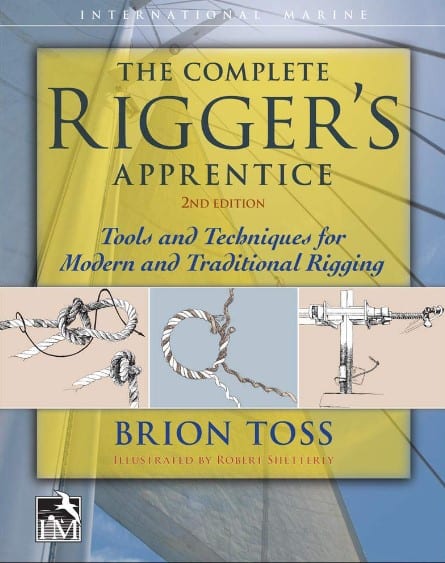

Known fondly as ‘Toss’, this book is a trad rigger’s dream, and helps most of us look like we know what we’re doing.
‘Toss’ covers everything from tools, techniques and shortcuts, lashings and knots, through the hardcore maths of safe working loads and standing rig tension, all the way to lofting and mast stepping.
The writing style is easy to follow, and Brion’s extensive rigging teaching comes through: common mistakes are highlighted, and from time to time he goes off on one about how incomprehensible certain techniques are, offering vastly better solutions of his own devising. See particularly the chapters titled “The Liverpool Eyesplice Made Difficult” and “The 1 x 19 Wire Splice Made Possible” (unbelievably useful for riggers, but also quite entertaining reading for anyone with a head for wire).
As well as being indispensable for certain rigging tasks, Toss is also full of what can only be described as the philosophy of rigging. An ode to intelligent problem solving and the subtle joys of tension.
Boatowner’s Mechanical and Electrical Manual: Nigel Calder

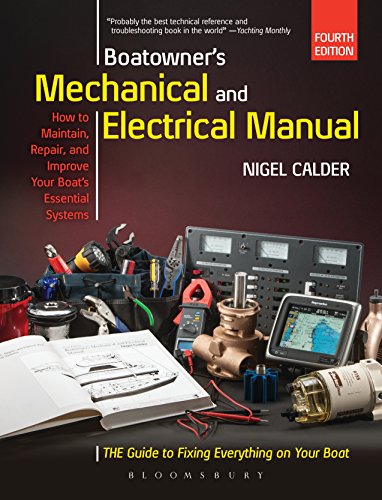
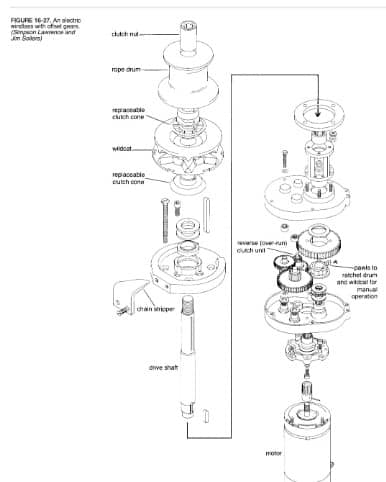
While his audience is primarily made up of sailors on more modern yachts, Nigel Calder’s books remain some of the most useful ‘how-tos’ out there. This bible of systems provides a phenomenally useful DIY guide to repairing and maintaining engines, electronics, toilets, pumps, cookers, steering systems and more.
There is often nobody but ourselves to fix things when out at sea, and having Calder’s manual to hand goes a long way towards making any technological disaster seem manageable. His calm prose and excellent diagrams sooth the reluctant engineer in all of us. He discusses mechanics via base principles, rather than through the lens of specific models and systems, which makes the manual somewhat timeless, and useful even for problems which aren’t specifically discussed.
Many an ‘oh yeah’ moment is to be had with Calder, and it soon feels like he’s that useful friend/family member/shipmate; the one you only ever call when something’s broken, and never just for a catch up.
Young Sea Officer’s Sheet Anchor: Darcy Lever
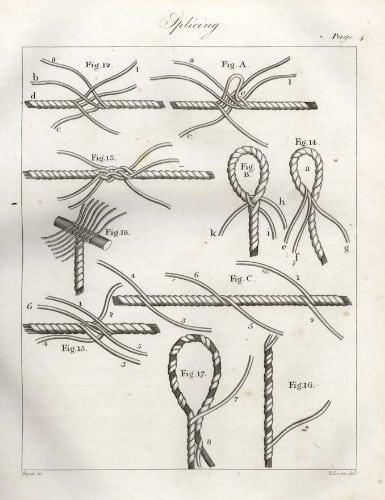
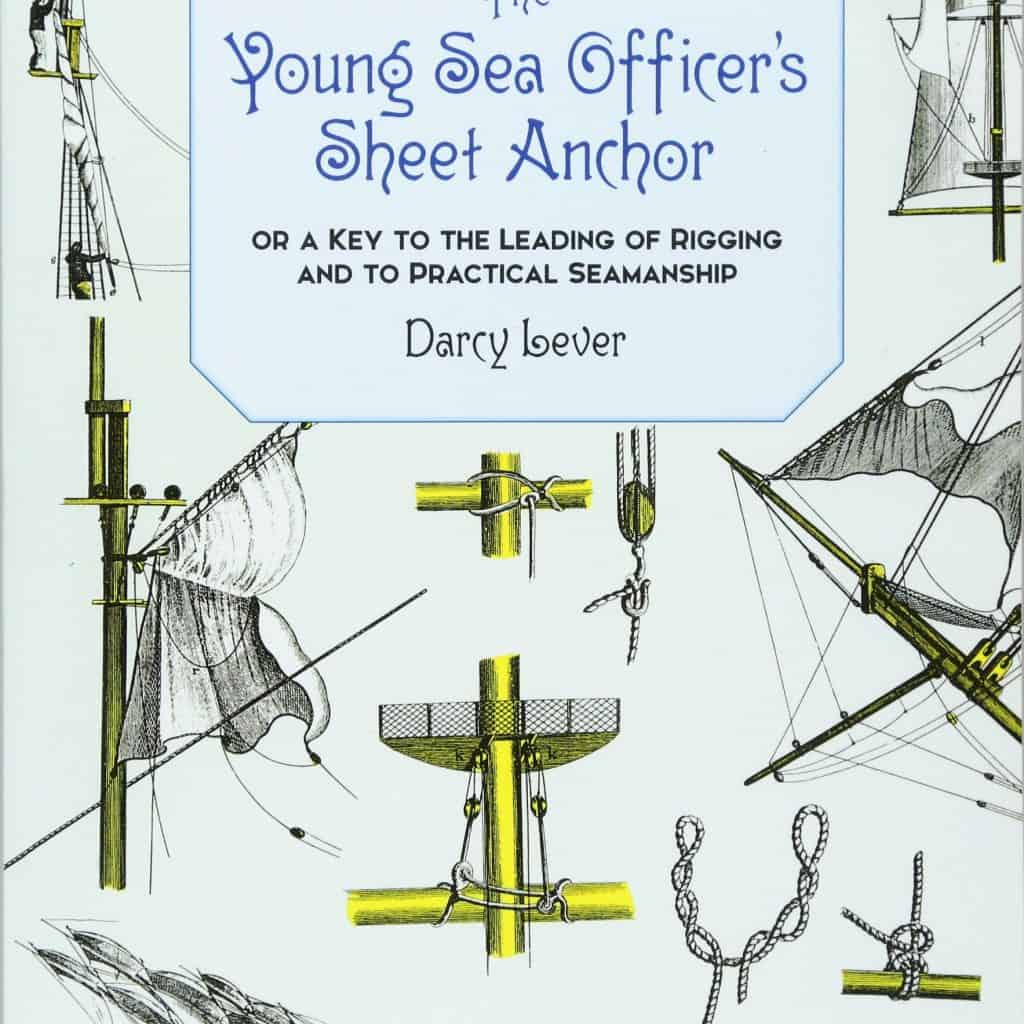
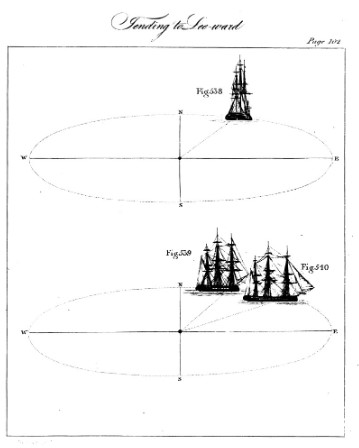
When you just want to bask in the glory of timeless seamanship, you can’t do better than Darcy Lever.
First published in 1808, the Sheet Anchor was a key resource for young officers in the Royal and Merchant Navies in the 19th Century, and while some language has changed, and more technologically advanced navigation and safety systems have come in, the wind and the behaviour of ships remains the same. There are no more beautiful rigging diagrams than those in this book, and if you find yourself needing to rig a three-masted barque from scratch than there are worse places to start.
However where Lever comes into its own is in the fundamentals of sailing theory: tacking and gybing, points of sail, use of a compass, the subtleties of anchoring, use of warps and more. Fascinating reading for pleasure, surprisingly relevant and useful and, most importantly, an impressively venerable tome to have on your bookshelf.



